The Capital City as a Planned Metropolis: Five Examples
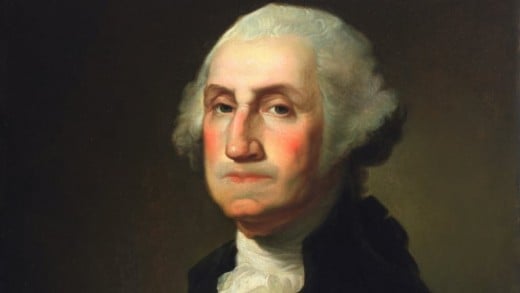


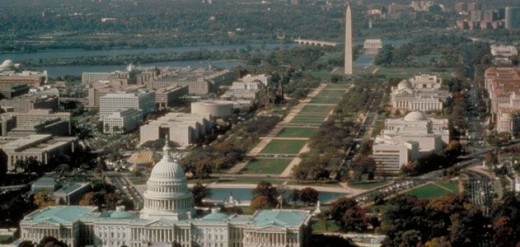




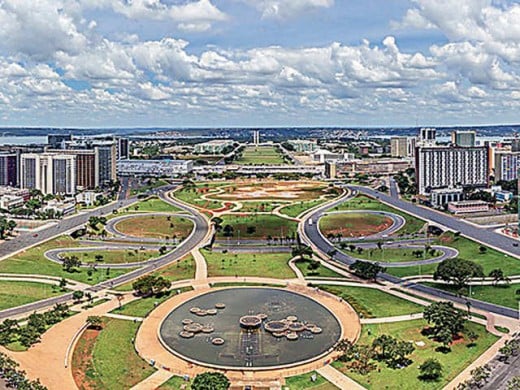
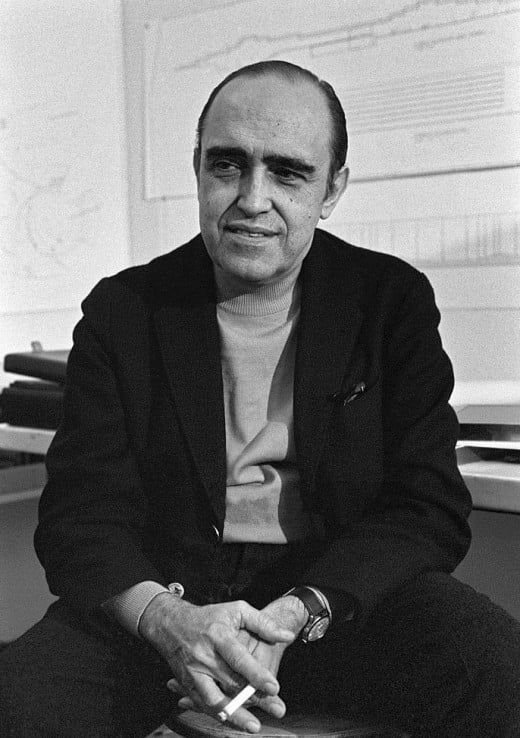
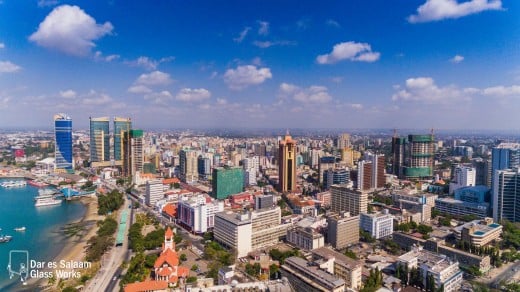
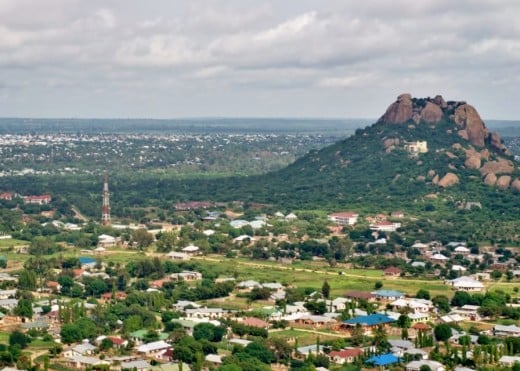






How a Planned National or State Capital Differs From an Organic City
In the long history of cities, two dominant types have moved to the forefront of attention: the planned and the organic city. This appears especially true in cases of state and national capitals. As applied to the United States, there are examples of both. Overseas, two examples come readily to mind: Dodoma, Tanzania, and Brasilia, the capital of Brazil. Another example is Moscow with its Kremlin whether in the Imperial, Soviet or post-Soviet phases of history. Organic cities, such as New York or Chicago, tend to be chaotic, sprawling and difficult to manage as organized polities. The planned city, by contrast, is at least thought out in advance, although it may later be a hotbed of crime, corruption or other urban ills. This article is concerned with the deliberately planned state or national capital as an attempt to centralize and streamline governmental operations.
Washington, D.C.
The capital of the United States must stand as the supreme example of a pre-planned national seat of government. Its site was arbitrarily chosen as equidistant between New England and the Deep South. George Washington and Pierre L'Enfant laid it out, although Washington never actually lived there nor in the White House. The first national capital was New York, but only for a year. Philadelphia followed for the next ten years, and Washington became the federal seat of government only in 1800. It was partially destroyed in 1814 by the British, who burned part of the White House and the infant Library of Congress. The capital city as it exists today was largely a creation of the post-Civil War period. The centerpiece, of course, is the famous Mall. Punctuated by the Washington Monument in the center, to the north is the White House, to the east the Capitol, to the south the Jefferson Memorial and to the west the Lincoln Memorial. Additional landmarks include the National Gallery of Art, the National Archives and the Smithsonian Institution, commonly referred to as "The Castle" or "The Nation's Attic." Beyond the Capitol lies the Supreme Court Building, rounding out the presence of the three essential functions of federal government: executive, legislative and judicial. The Mall has also been the site of major political rallies, as befits the seat of government, and has recently seen an explosion of construction of monuments and memorials to wars, individuals and other causes, leading to the possible question of clutter, which will be addressed later in this article. Clearly, Washington has evolved from an early federal capital with modest political pretensions into the epicenter of growing government with its far-reaching implications, as well as a model for other capitals at home and abroad.
Brasilia
The capital of Brazil was planned as a way to open the interior of the large country to settlement and indeed to lure people away from overcrowded cities like Rio de Janeiro and Sao Paulo, on or near the Atlantic coast. Although some well-known cities were located in the interior--such as Manaus with its famous opera house--most of this remote region was unknown to Europeans and explorers until the early Twentieth Century. Ex-American President Theodore Roosevelt actually discovered a new river which now bears his name. By the middle of the last century, the interior was seen as desirable for development, and so Brasilia seemed to materialize out of nowhere. Outstanding native Brazilian architect and planner Oscar Niemeyer must be credited with most of the stunning building designs which are still startling even today. Also noteworthy is the elongated central mall concept, grouping various governmental functions around a central nucleus and at least partially inspired by Washington, D.C. A highway connects the capital with the coast, and as Brazil continues to grow in both population and world-class status as an economy and country of the future, the wisdom of siting the capital well into the interior becomes more apparent. Almost sixty years after it was commenced, it still faces tomorrow.
Dodoma
The "new" capital of Tanzania is actually a capital still in the making. Like Brasilia, it was conceived as a deliberate attempt to lure inhabitants away from the Indian Ocean coastline into the more sparsely settled interior. Traditionally, the city of Dar es Salaam served as the major city, capital and chief seaport both in pre-colonial and colonial periods. When Tanzania was Tanganyika, first the Germans and then the British administered it. With independence in 1964 and the rise of the dynamic leader Julius Nyerere, the country began to acquire more self-determination and began to look outward to world markets and alliances abroad. It also merged with the island of Zanzibar off the coast to form the new entity, Tanzania. The regime even began the Tazara Railway, a joint project with neighboring Zambia, which traversed both countries. So it was no surprise that with rising national awareness, the idea of a new capital bearing an African name would take shape. Inspired by Brasilia, the political epicenter of Tanzania is now located more than 300 miles in from the ocean. As with Brasilia, it will continue to grow as one of the world's newer cities.
Albany
The capital of New York State was originally named Fort Orange by Henry Hudson, an Englishman sailing for the Dutch. Before the American Revolution, it was the site of a Congress to unite the thirteen colonies, the Albany Plan of Union, as envisaged by Benjamin Franklin in 1754, although it failed in that objective. Throughout the 1800's, it grew as a railroad depot as well as an important inland river port. Its State Capitol building resembles a French chateau, and other governmental buildings were added as the state bureaucracy grew. It was not until the 1970's, however, that the city as we see it today materialized. Largely through the planning of former governor Nelson A. Rockefeller, a new capitol mall was laid out, closely following the plans of Washington, D.C. and Brasilia, with a tower building accompanied by four smaller buildings to house the different organs of state government. The juxtaposition of older and newer structures surely makes this one of the more visually striking power malls at either the state or national levels in the world today.
Lansing
Lansing was chosen as an arbitrary state capital as a compromise between two powerful factions representing both Detroit and Grand Rapids. In this respect, it is similar to Washington. Aside from its status as Michigan's capital, it was long home to Oldsmobile. That division of General Motors is now gone, but auto making continues as a large-scale activity. As a capital, Lansing evolved slowly, with the usual downtown hotels, banks and typical features found everywhere. The real breakthrough decade was the 1970's, as with Albany. A long Mall, obviously inspired by Washington and Brasilia, reaches west from the State Capitol to the fairly new Hall of Justice from 2002 which houses Michigan's Supreme Court and a fascinating local museum, the Supreme Court Learning Center. Here one may learn about the evolution of both the American and Michigan's constitutions. The visitor is led through the practice of the first ten amendments, commonly referred to as the Bill of Rights, for a unique judicial perspective on history. This Mall sets up a splendid axial vista from the State Capitol to the east to the Hall of Justice to the west uniting the executive, legislative and judicial state activities. Elsewhere on the Mall, standard state government functions are to be found, for example Treasury, Transportation and Natural Resources. This walk through state bureaucracy is punctuated here and there by modern abstract outdoor sculptures. The overall effect is that of a modern, centralized government organism in the heart of the city.
The Question of Clutter
As with all malls, there is a tendency to want to erect memorials to individuals and wars, as well as other causes. In the case of Washington, D.C. this has produced a serious overcrowding problem within a limited space. There are now memorials to Senator Robert A. Taft of Ohio, Franklin D. Roosevelt and Martin Luther King, Jr. as well as World War II, the Korean conflict and the Vietnam experience. While all memorials are good and their honorees no doubt deserve such attention, too many in one place can create monument overkill. In Lansing, there is an excellent Vietnam Memorial in front of the Hall of Justice with mounted plaques listing those who served and spread across Michigan's eighty-three counties, arranged alphabetically from Alcona to Wexford. This has recently been joined by a memorial to Michigan's fallen law enforcement personnel, slain in the line of duty. However, there isn't too much more room for further monument construction on Lansing's Mall, so it is hoped that the question of clutter will remain under control in this city.








